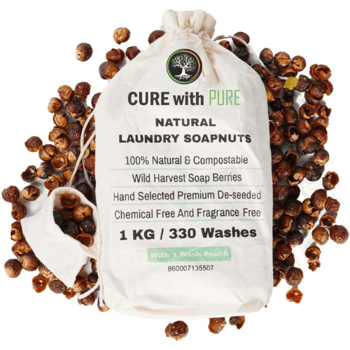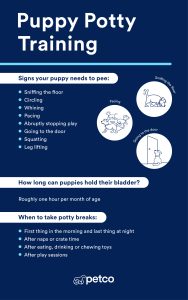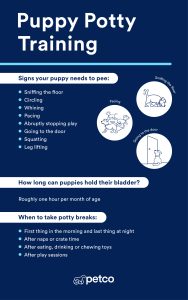Have you ever stopped to think about how clean your dog’s toys really are? Those favorite chew toys and plush buddies can hide dirt, germs, and even bacteria that might affect your furry friend’s health.
You might wonder if washing them is really necessary or just extra work. The truth is, keeping your dog’s toys clean is more important than you think—and it’s easier than you expect. Keep reading to find out why washing dog toys matters and how it can make a big difference for your pet’s happiness and well-being.
Why Clean Dog Toys Matter
Keeping dog toys clean is important for your pet’s health. Toys collect dirt, saliva, and germs over time. These can cause infections or stomach problems. Regular cleaning helps keep your dog safe and happy.
Dogs often chew and lick their toys. This spreads bacteria and sometimes mold. Dirty toys can lead to bad breath and skin issues. Washing toys reduces these risks and improves hygiene.
Protecting Your Dog’s Health
Germs and bacteria grow on dirty toys. These can make dogs sick. Cleaning toys stops harmful germs from spreading. It lowers the chance of infections or illness.
Preventing Bad Odors
Unwashed toys develop bad smells fast. Bacteria and saliva cause the odor. Cleaning removes the source of the smell. Fresh toys make playtime more enjoyable.
Extending Toy Lifespan
Dirt and grime can break down toy materials. This makes toys wear out faster. Washing toys helps keep them strong and safe. Clean toys last longer and save money.
Encouraging Regular Play
Dogs prefer clean and fresh toys. Dirty toys might be ignored by your pet. Clean toys attract dogs to play more often. This supports exercise and mental stimulation.
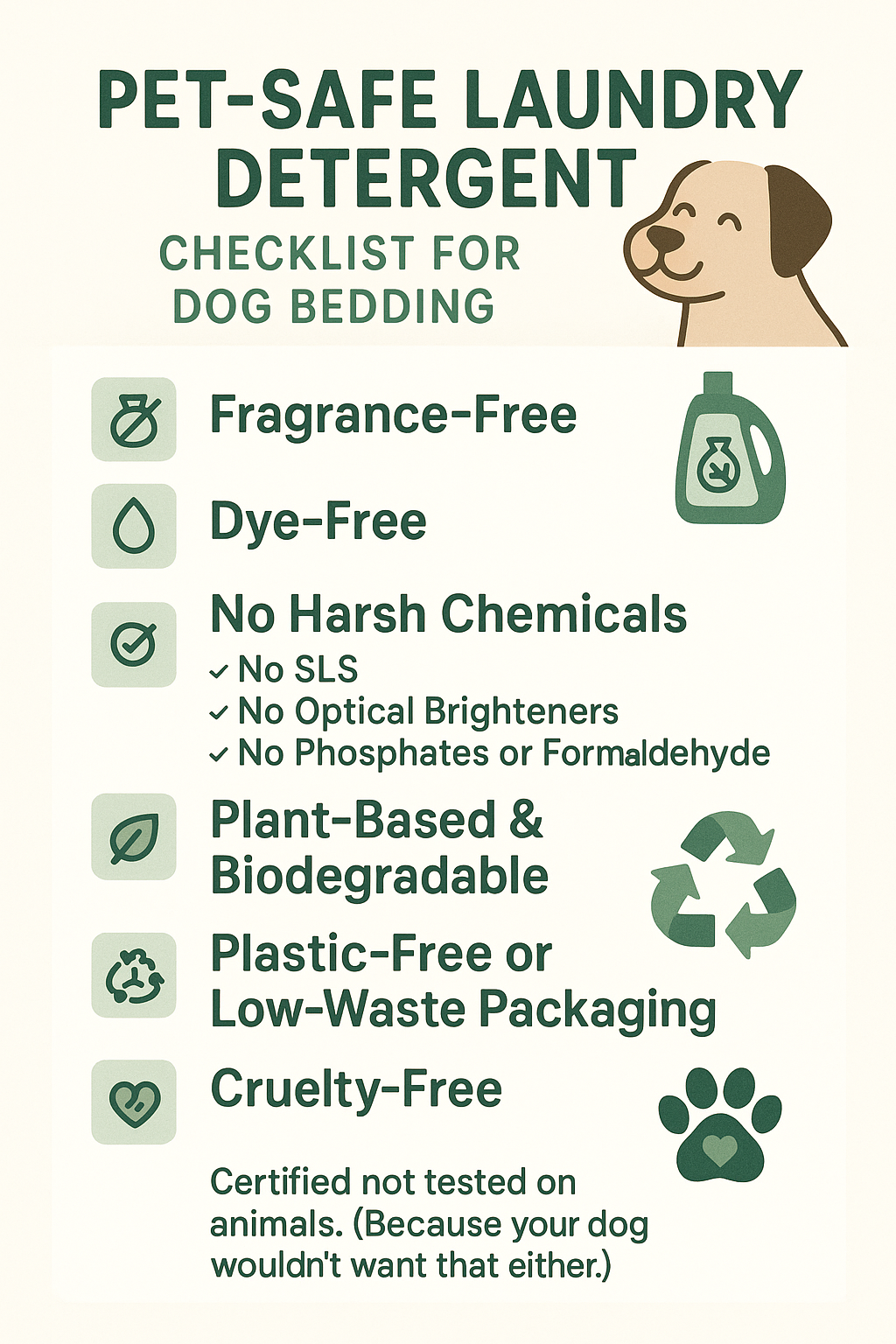
Credit: www.heysunday.com
Risks Of Dirty Toys
Dirty dog toys can be more than just a bit gross—they can pose real health risks to your furry friend. Over time, toys collect saliva, dirt, and bacteria that create a harmful environment for your pet. Ignoring these risks can lead to infections and other health issues that you might not expect from something as simple as a toy.
Harmful Bacteria And Germs
Dog toys often become breeding grounds for bacteria like E. coli and Salmonella. These germs thrive in the moist, dirty surfaces of chewed toys. Your dog’s immune system can get overwhelmed, causing illnesses such as vomiting, diarrhea, or even more serious infections.
Risk Of Oral Infections
Think about how your dog’s mouth is constantly exposed to germs from dirty toys. This can lead to gum disease, mouth sores, or tooth infections. If your dog starts drooling excessively or shows signs of discomfort, dirty toys might be the hidden culprit.
Choking Hazards From Toy Deterioration
When toys get old and dirty, they often start breaking apart. Small pieces can come loose and become choking hazards. Have you noticed your dog chewing more aggressively or swallowing bits of their toy? This increases the risk of blockages in their throat or digestive system.
Spread Of Parasites And Mold
Dirty toys can harbor parasites like fleas or ticks, especially if left outside. Mold can also develop on damp toys, which is toxic when ingested. These hidden dangers can cause skin irritations or serious internal problems that are hard to diagnose.
How Often To Wash Dog Toys
Knowing how often to wash dog toys helps keep your pet healthy. Dirty toys can carry germs and bacteria. Regular cleaning removes dirt and saliva. It also stops bad smells from building up. The frequency depends on the toy type and use.
Cleaning Frequency For Plush And Fabric Toys
Wash plush toys every one to two weeks. Dogs chew and drool on these often. If your dog has allergies, wash more often. Use a gentle cycle in the washing machine. Air dry to keep the shape safe.
Cleaning Frequency For Rubber And Hard Plastic Toys
Clean rubber and plastic toys every two to four weeks. These toys collect dirt and germs from outside. Wipe them with warm soapy water or use the dishwasher. Rinse well and dry before giving them back.
Cleaning Frequency For Rope Toys
Wash rope toys every one to two weeks. Rope toys trap saliva and food bits inside. Hand wash with hot water and mild soap. Rinse thoroughly to avoid soap residue. Let them dry completely to prevent mold.
Cleaning Frequency Based On Use And Environment
Wash toys more often if your dog plays outside daily. If your dog shares toys with others, clean frequently. After rough play or visible dirt, wash immediately. Puppies and sick dogs need cleaner toys for safety.
Best Washing Methods
Keeping your dog’s toys clean is essential for their health and happiness. Choosing the right washing method ensures the toys stay safe and durable. Here are some effective ways to clean those cherished playthings without damaging them.
Machine Washing Tips
Many soft dog toys can go straight into the washing machine. Place them inside a pillowcase or laundry bag to protect both the toys and your machine. Use a gentle cycle with cold or warm water to avoid shrinking or fabric damage.
Skip the dryer if possible—air drying preserves the toy’s shape and materials better. Have you noticed your dog’s favorite plush toy looking worn out after a hot drying cycle? That’s why air drying works best.
Hand Washing Techniques
For delicate or electronic toys, hand washing is safer. Use warm water and mild soap to scrub gently with a soft brush or cloth. Focus on areas with dirt or saliva build-up, but avoid soaking toys with batteries inside.
Rinse thoroughly to remove all soap residue. Hand washing gives you control over how much pressure you apply, which helps keep toys intact longer. Have you tried this on rubber or rope toys? It often works wonders.
Using Safe Cleaning Agents
Choose cleaning products that are non-toxic and pet-safe. Avoid harsh chemicals, bleach, or anything with strong fragrances that could irritate your dog’s skin or mouth. Simple dish soap or vinegar diluted with water often does the job well.
Test a small spot on the toy first to check for color fading or material reaction. Safe cleaners keep your dog’s toys fresh without risking their health. How often do you check the labels on your cleaning products to make sure they’re safe for pets?
Toy Materials And Cleaning
Dog toys come in many materials, and each needs different care. Cleaning keeps toys safe and fresh for your pet. Some materials handle water and soap well. Others need gentle treatment to avoid damage. Understanding toy materials helps you clean better and protect your dog’s health.
Rubber And Plastic Toys
Rubber and plastic toys are tough and easy to clean. Most can be washed with warm water and mild soap. Use a brush to scrub hard-to-reach spots. Rinse well to remove all soap. These toys can often go in the dishwasher on the top rack. Dry completely before giving them back to your dog.
Plush And Fabric Toys
Plush and fabric toys absorb dirt and moisture quickly. Many are machine washable on a gentle cycle. Use mild detergent and cold water to protect fabric. Air dry or use low heat in the dryer. Check for tears before washing to prevent stuffing loss. Regular washing helps reduce germs and bad smells.
Rope And Natural Fiber Toys
Rope and natural fiber toys require careful cleaning. Soak them in warm water with pet-safe cleaner. Avoid harsh chemicals that can harm fibers and your dog. Rinse thoroughly and squeeze out excess water. Let them air dry in a sunny spot. Replace these toys if they become frayed or damaged.

Credit: www.bringfido.com
Signs Your Dog’s Toys Need Cleaning
Knowing when your dog’s toys need cleaning is key to keeping your pet healthy and happy. Toys can harbor dirt, bacteria, and even mold without you noticing right away. Paying attention to specific signs can help you decide when it’s time to give those toys a good wash.
Visible Dirt And Stains
If you spot mud, grime, or any sticky residue on your dog’s toys, it’s a clear sign they need cleaning. Toys that have been chewed on outdoors often collect dirt in crevices that you might miss at a glance. Don’t wait for the mess to build up; a quick rinse can prevent bacteria growth.
Unpleasant Odor
Have you noticed a bad smell coming from your dog’s favorite toy? That’s a strong hint bacteria or mold might be growing. Even if the toy looks fine, a foul odor means it’s time to wash it thoroughly.
Change In Texture Or Color
Toys that feel slimy, sticky, or unusually rough are likely dirty. Color fading or discoloration can also mean your dog’s toys have absorbed grime or harmful substances. If the toy’s texture or appearance changes, cleaning is necessary to keep it safe.
Excessive Drool And Saliva Build-up
Your dog’s drool carries bacteria that can accumulate on toys over time. When you see a thick layer of saliva or drool dried onto a toy, it’s a good idea to wash it. This helps reduce the risk of infections in your dog’s mouth.
After Illness Or Exposure To Other Dogs
If your dog has been sick or has played with other dogs, washing their toys can prevent spreading germs. This simple step protects your dog and others from catching infections. Have you cleaned toys recently after a visit to the dog park?
Preventing Bacteria Build-up
Preventing bacteria build-up on your dog’s toys is crucial for their health and happiness. Toys often come into contact with saliva, dirt, and other germs, creating a perfect environment for bacteria to grow. Regular cleaning helps keep these harmful microbes at bay, reducing the risk of infections and bad odors.
Understanding How Bacteria Accumulate On Dog Toys
Dog toys, especially those made of rubber or fabric, can trap moisture and food particles. This creates a cozy spot for bacteria to multiply quickly. Have you noticed your dog’s toy smelling unpleasant or becoming sticky? That’s a clear sign bacteria are thriving.
Choosing The Right Cleaning Methods
Not all toys can be cleaned the same way. Hard rubber toys can usually be washed with warm, soapy water or placed in the dishwasher. Soft toys may require a gentle cycle in the washing machine or hand washing with pet-safe detergent.
- Check the label on each toy for cleaning instructions.
- Use mild soap to avoid irritating your dog’s skin.
- Rinse thoroughly to remove all soap residue.
How Often Should You Clean Dog Toys?
Cleaning frequency depends on how often your dog plays with the toy and where it’s used. Toys that spend time outdoors or are shared with other dogs need more frequent washing. A good rule is to clean toys at least once a week to prevent bacteria build-up.
Some signs tell you it’s time to clean your dog’s toys right away. If the toy is sticky, slimy, or has an odd smell, bacteria are already present. Also, if your dog shows signs of mouth irritation or infections, check their toys for hygiene.
Benefits Of Keeping Dog Toys Clean
Regularly cleaned toys protect your dog from harmful bacteria and keep playtime safe. Clean toys also last longer, saving you money on replacements. Plus, your dog will enjoy fresh-smelling toys that feel nice in their mouth.
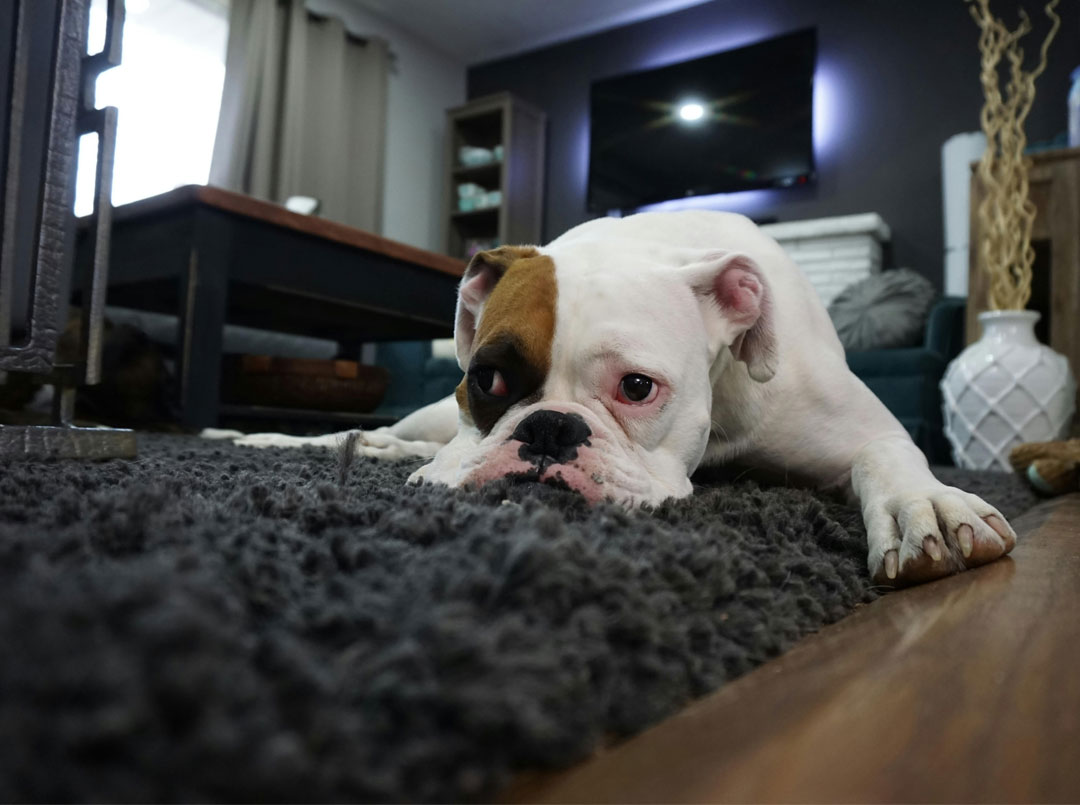
Credit: www.heysunday.com
Replacing Old Or Damaged Toys
Replacing old or damaged dog toys is essential for your pet’s health and happiness. Toys that are worn out or broken can pose choking hazards or cause injuries. Keeping an eye on your dog’s toys and swapping them out when necessary helps maintain a safe and fun playtime.
Signs It’s Time To Replace Your Dog’s Toy
Look for holes, tears, or stuffing coming out of soft toys. These can be dangerous if swallowed.
Check for cracks or sharp edges on hard toys that could hurt your dog’s mouth.
If your dog loses interest in a toy or it smells bad even after washing, it might be time to toss it.
Choosing Safe Replacement Toys
- Pick toys made from durable, non-toxic materials designed for your dog’s size and chewing strength.
- Avoid toys with small parts that can break off easily.
- Look for toys labeled as easy to clean to keep germs at bay.
How Often Should You Replace Dog Toys?
There’s no fixed schedule—it depends on how aggressively your dog plays and chews.
Some dogs destroy toys within days, while others keep them for months.
Regularly inspect your dog’s toys and replace them as soon as you spot damage or safety concerns.
Frequently Asked Questions
Why Should You Wash Dog Toys Regularly?
Washing dog toys regularly prevents bacteria build-up and keeps your pet healthy. Dirty toys can harbor germs and odors. Regular cleaning extends the life of the toys. It’s especially important if your dog shares toys with other pets. Clean toys ensure a safer playtime for your furry friend.
How Often Should Dog Toys Be Cleaned?
Clean dog toys at least once a month. If your dog plays outside, consider washing them more frequently. Toys used during teething or illness should be cleaned more often. Regular cleaning ensures they remain safe and hygienic. Always follow specific care instructions for each toy type.
Can You Wash Dog Toys In A Washing Machine?
Yes, many dog toys can be machine-washed. Use a gentle cycle with mild detergent. Avoid fabric softeners as they can be harmful. Always check the toy’s label for specific washing instructions. For delicate toys, consider placing them in a mesh laundry bag.
What’s The Best Way To Sanitize Dog Toys?
Sanitize dog toys using a mixture of vinegar and water. Soak for 15 minutes, then rinse thoroughly. For plastic toys, you can use a dishwasher. Ensure all soap residues are removed before giving them back to your dog. Regular sanitization keeps germs at bay.
Conclusion
Keeping dog toys clean protects your pet’s health. Regular washing stops germs and dirt from building up. Clean toys also last longer and stay safe to chew. Simple washing habits help your dog enjoy playtime more. Don’t forget to check toy materials before cleaning.
A little effort keeps your furry friend happy and healthy. Safe, clean toys mean less risk of sickness or infections. Make washing dog toys a regular part of your routine. Your dog will thank you with wagging tails and bright eyes.

Emily Barker is the founder of ChillDogLife.com, a space dedicated to helping pup parents discover the best dog products, lifestyle tips, and cozy ideas for happier homes.
A lifelong dog lover, Emily combines her passion for pets with a knack for research to share trusted recommendations on everything from toys and furniture to health and everyday care.
Her goal is simple: to make life easier, stylish, and more joyful for dogs and the people who love them.
